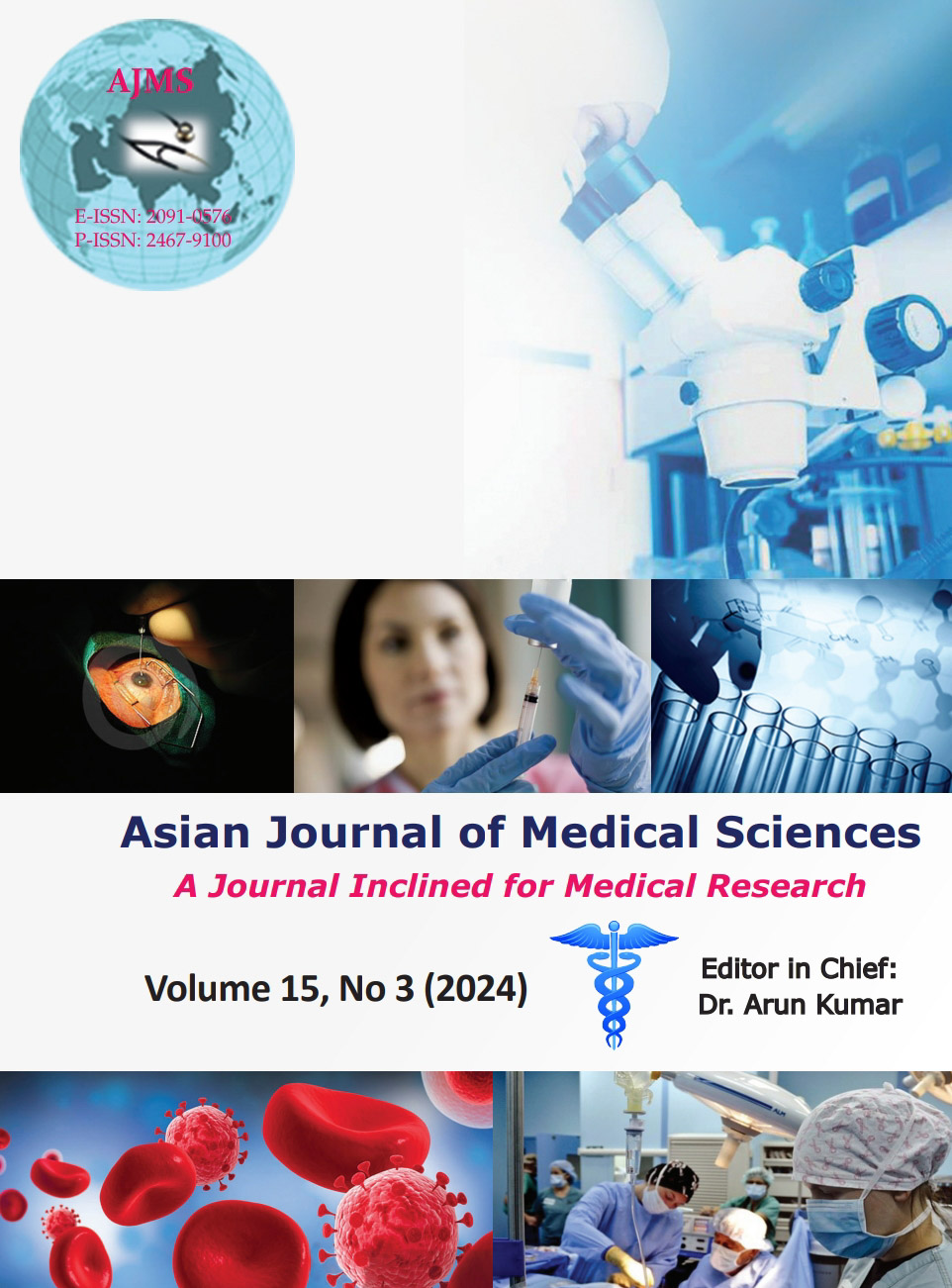A study on correlation between neuroimaging and maternal outcome in eclampsia
Keywords:
Eclampsia; Neuroimaging; Non-contrast computed tomography; Magnetic resonance imaging; Posterior reversible encephalopathy syndromeAbstract
Background: Hypertensive disorders remain among the most significant complications of pregnancy. Neurological complications of eclampsia are a major contributor to morbidity and mortality that is associated with eclampsia. Neuroimaging studies have revolutionized visualization of hypertensive encephalopathy aids in timely intervention and a favorable maternal and perinatal outcome.
Aims and Objectives: (1) To study the spectrum of neuroimaging findings in patients with eclampsia. (2) To correlate these findings with the maternal outcome.
Materials and Methods: A prospective observational study was undertaken in the Department of Obstetrics and Gynecology, Mysore Medical College and research institute Mysore, for 18 months. All the eclamptic mothers during the study were included in the study. They were studied in terms of neuroimaging and its correlation with maternal outcomes.
Results: The incidence of eclampsia was 7.14% which is relatively high, attributed to the fact that being a tertiary care center many cases are referred. Higher incidence was seen in primigravida (72.4%) and lower maternal age of 18–20 years (48%). Cesarean section was indicated in 50% of deliveries indicating immediate action was necessary for better fetomaternal outcome. They presented with varied imminent symptoms such as headache in 20.4%, vomiting in 22.4%, and visual blurring in 22.4%. About 50% presented with altered sensorium. On non-contrast computed tomography brain, 64.3% (63) had normal findings, 17.3% (17) had posterior reversible encephalopathy syndrome (PRES) with a sensitivity of 68.42% and specificity of 85%, whereas on magnetic resonance imaging (MRI) brain, 36.26% had no abnormalities, 40.81% had PRES with a sensitivity of 86.84%, and specificity of 85%. About 58.6% had an uneventful maternal outcome. The others were hemolysis, elevated liver enzymes, and low platelet syndrome seen in 9.18% of patients, acute kidney injury in 6.12%, postpartum hemorrhage seen in 5.1%. The maternal mortality rate was 7.66%, the most common cause of death was intracranial hemorrhage.
Conclusion: The common neuroimaging findings in eclampsia are cerebral edema, PRES, cerebral venous thrombosis, infarcts, hemorrhage, and hypertensive leukoencephalopathy. Although some abnormalities seen in neuroimaging studies are incidental and transient without chronic neurologic sequelae, both CT and MRI findings correlate with the clinical presentation and maternal outcome but MRI correlates better compared to CT and can be a better imaging modality in eclampsia patients and is indicated in all patients of eclampsia.
Downloads
Downloads
Published
How to Cite
Issue
Section
License
Copyright (c) 2024 Asian Journal of Medical Sciences

This work is licensed under a Creative Commons Attribution-NonCommercial 4.0 International License.
Authors who publish with this journal agree to the following terms:
- The journal holds copyright and publishes the work under a Creative Commons CC-BY-NC license that permits use, distribution and reprduction in any medium, provided the original work is properly cited and is not used for commercial purposes. The journal should be recognised as the original publisher of this work.
- Authors are able to enter into separate, additional contractual arrangements for the non-exclusive distribution of the journal's published version of the work (e.g., post it to an institutional repository or publish it in a book), with an acknowledgement of its initial publication in this journal.
- Authors are permitted and encouraged to post their work online (e.g., in institutional repositories or on their website) prior to and during the submission process, as it can lead to productive exchanges, as well as earlier and greater citation of published work (See The Effect of Open Access).




